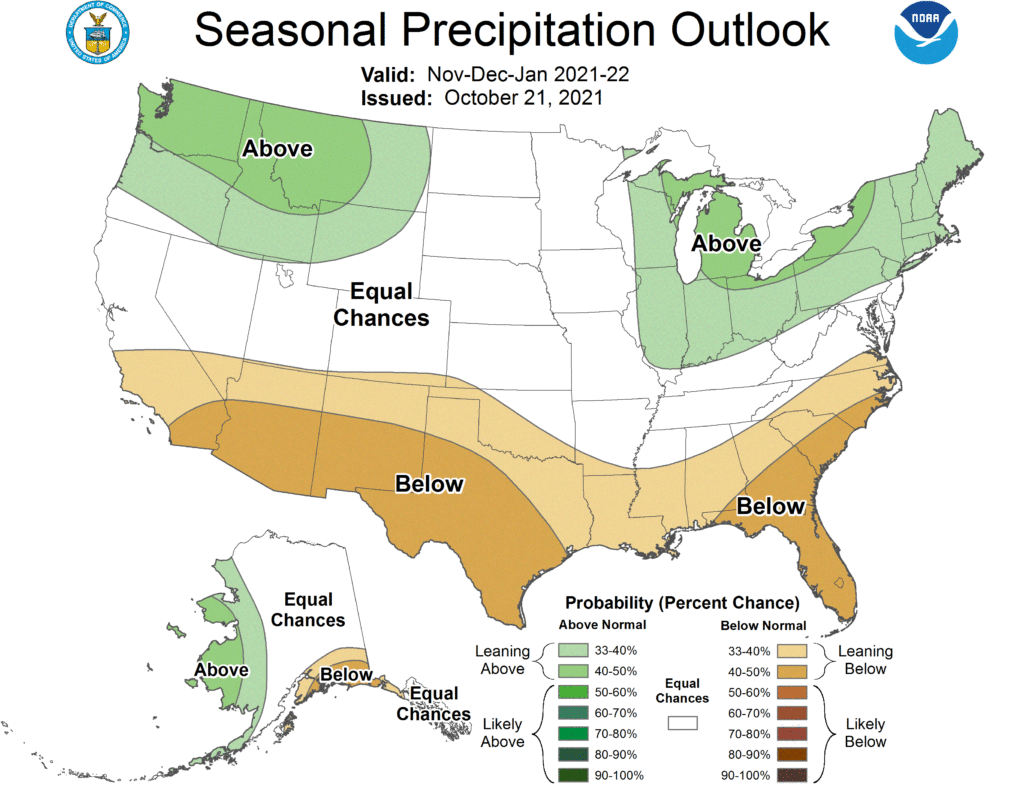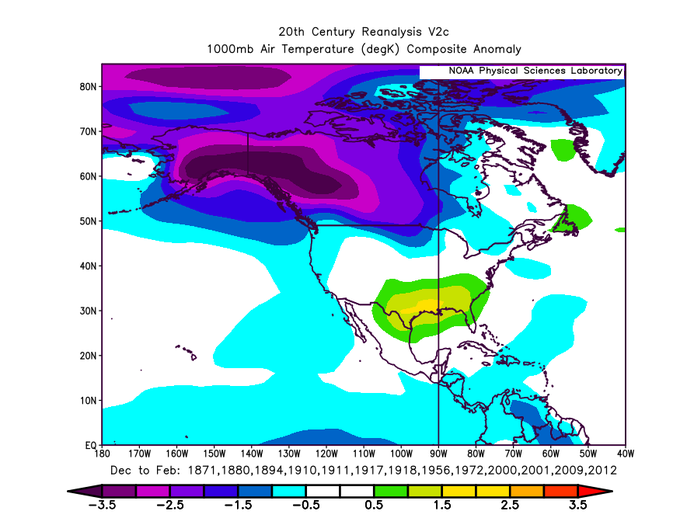El Nino and La Nina
-

Do you ever wonder where the winter forecasts for the United States come from and how they determine what the likely conditions are going to be? The Europeans do similar forecasts for their own winter, and this long and detailed article from Severe Weather Europe provides a lot of information into how the forecasts are…
-

The State Climate Office of North Carolina published their winter outlook for the upcoming winter in their blog today. It discusses the impact of the double-dip La Nina that is occurring, the current dry conditions there, and the likelihood of snow. A lot of the discussion is generally relevant to the rest of the Southeast…
-

With the recent declaration of a La Niña, producers are looking for advice about what to plan for in the coming months. Here is a good story from Southeast Farm Press describing some of the considerations that farmers should keep in mind now that we know a La Niña is occurring. It quotes Dr. Brenda…
-

As expected, today NOAA issued a La Niña Advisory, indicating that La Niña conditions have developed and are expected to continue with an 87% chance of La Niña in December 2021- February 2022. We’ve been expecting this for a while, but it takes several months after signs start to appear before one is officially declared.…
-

Most of you know that El Nino and La Nina, collectively called the El Nino Southern Oscillation or ENSO, are arguably the biggest drivers of climate variability in the Southeast. So climate scientists are very interested in how ENSO might change as the climate gets warmer. Here is a recent blog post from Climate.gov that…
-

According to NOAA’s latest ENSO post, we are on the verge of going back into a La Nina, with a 70-80 percent chance of occurrence over the winter. All of the conditions are ripe for us to cross the magic threshold of ocean temperatures more than 1/2 degree C below the long-term average. You might…
-

As you know if you read this blog, the chance of going back into a La Nina later this year from our present neutral conditions is very high. Last year was also a La Nina winter, and while we expected it to be warmer than normal based on long-term statistics, it was the one out…